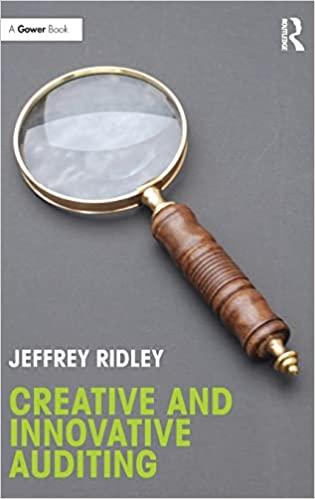Question
1.For the Nasdaq stock index futures traded on the CME, make a chart of the futures price as a function of maturity. Collect appropriate (or
1.For the Nasdaq stock index futures traded on the CME, make a chart of the futures price as a function of maturity. Collect appropriate (or assume) interest rate data and determine the estimated dividend yield for the NASDAQ. How does it compare to the S&P and why do you think one might be higher or lower?
2.An investor wants to sell her diversified stock portfolio in December, but this would create a large taxable profit for her. She would like to be able to defer the taxes one year. How can she accomplish this?
3.Why are financial futures priced differently from nonfinancial futures?
4.Can you provide an example of basis risk as it applies to hedging a portfolio of stocks with equity index futures?
5.If a farmer sells his corn forward on the harvest date, what risks have increased and what risks have decreased, compared to not selling forward?
6.Calculate the historical annual volatility of the NASDAQ index over the last year by computing the standard deviation of historical daily percentage returns and multiplying by 252. (The number of trading days in a year is typically taken to be 252.) Do the same for the S&P 500. You can use ETF data if necessary. How do the risks compare?
7.Use monthly data to compute the volatility and correlation between the NASDAQ and S&P returns over the last 1 year, over the last 2 years, and over the last 5 years. Show your results on a graph.
Step by Step Solution
There are 3 Steps involved in it
Step: 1

Get Instant Access to Expert-Tailored Solutions
See step-by-step solutions with expert insights and AI powered tools for academic success
Step: 2

Step: 3

Ace Your Homework with AI
Get the answers you need in no time with our AI-driven, step-by-step assistance
Get Started


